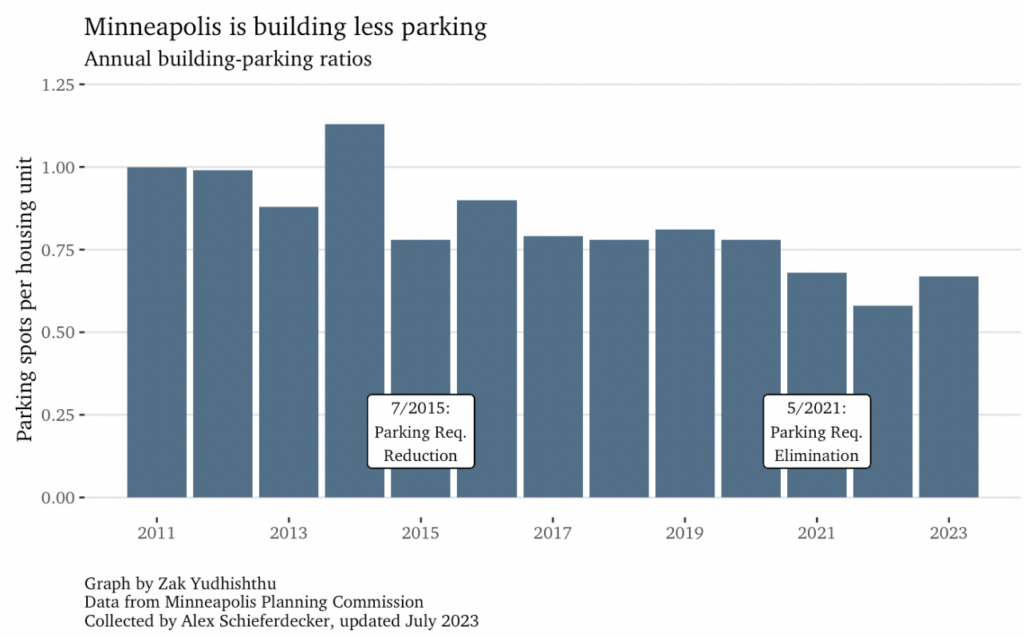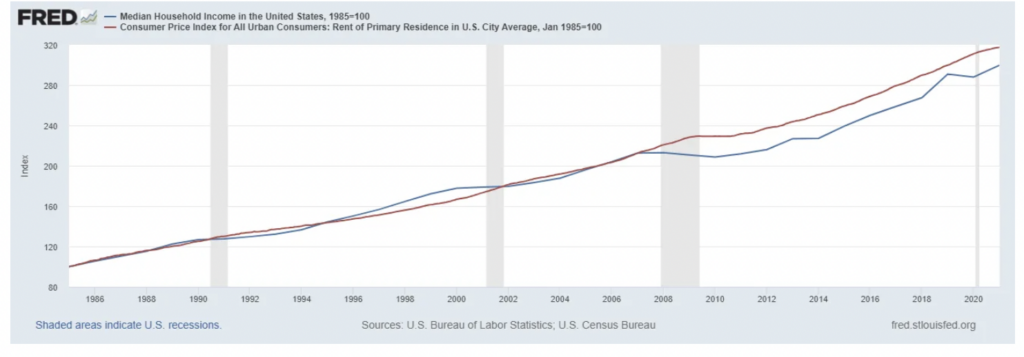What City Observatory did this week
This is what victory looks like. Freeway fighting is hard, drawn-out work. StateDOTs and their allies have vast funding for public relations campaigns to sell giant projects; citizen activists work from a shoestring budget, and have to attend interminable meetings that are invariably organized by project proponents. In general, freeway fighters lose very battle—except the last one. When bad freeway projects die, it is with a whimper, rather than a bang. Oregon DOT’s half billion dollar I-205 freeway widening project—a nationally recognized boondoggle—died in a brief bureaucratic footnote.
What this really signals is that Oregon DOT bent to the reality that it didn’t have the money to pay for this project, and had almost no likelihood of convincing anyone else to pay for it. This same inescapable logic has already likely doomed the I-5 Rose Quarter project as well.
Must Read
Janette Sadik Khan and Aaron Gordon on congestion pricing. It looks like congestion pricing is really, truly going to happen in New York City early next year. While everyone agrees that this is a step in the right direction, two influential voices are raising concerns that the city isn’t doing enough to make sure this is a success and capitalize on the best opportunity in generations to reshape urban transportation.
Janette Sadik Khan writes that the city isn’t thinking hard enough about how to creatively use the road space freed up by congestion pricing. Pricing will reduce traffic by an estimated 20 percent, but what will fill that vaccuum? Khan argues:
You don’t want to launch a program that’s all stick and no carrot. If congestion pricing does in fact remove 20 percent of the traffic and you just wind up with underused car lanes, it’s an invitation for motorists to fill them up again. It will harm the program’s credibility irreparably.
Other places, like London, greatly increased bus service as they implemented pricing, both to accomodate more traffic and show tangible benefits from pricing.
Aaron Gordon focuses on the fact that all of the net proceeds of congestion pricing will be plowed into transit capital improvements, with nothing dedicated to actually expanding transit service.
The money collected from congestion pricing tolls cannot, legally speaking, go to anything other than paying for those big, expensive capital projects. In other words, it can’t go towards paying for more frequent service on existing subway, bus, or rail lines.
Urban Density is a good thing. Urbanists should run towards, rather than running from density. Denser urban areas produce a range of environmental, social and economic benefits that can’t be realized in any other ways.
Writing at Vancouver’s Georgia Straight, Helen Lui points out
Density brings public services, transit, parks, and amenities closer together. When we can walk our children to school or cycle to the nearby park, grocer, or restaurant, we reduce carbon pollutants, save money otherwise spent on cars, and get some exercise, too.
Too often, we end up apologizing for more density, rather than pointing out its important benefits.
Less parking = more affordability. Many studies have conclusively shown that parking requirements drive up the cost of housing: they make it more expensive to build new homes, limit the amount of housing that can be built in specific locations, and result in a smaller supply of housing, driving up overall rent levels.
As we would expect, reducing parking requirements has the effect of lowering development costs and can be expected to reduce rents. Writing at the Minnesota Reformer, Zak Yudhishthu, charts the decline in parking built in new apartment projects after the relaxation of city parking requirements Minneapolis.
The typical number of parkings spaces per housing unit fell from about 1 prior to the reform to less than .75 spaces per unit today.
New Knowledge
Rents and Incomes. This is actually a debunking of some new non-knowledge, specifically a social media meme that purports to show that rents increases have dramatically outstripped income growth. It’s a compelling visual, but its not simply wrong; it’s an obvious and intentional lie.
The meme in question compares inflation adjusted incomes to unadjusted rents. The video purports to show that rents (un-adjusted, in red) have risen, while incomes (adjusted for inflation) have declined.
It’s simply bogus. We turn the microphone over to Economist Noah Smith.
This video is, of course, complete disinformation. The income line is adjusted for inflation, and the rent line isn’t. That makes it look like rent went up a lot more than income, where in reality they went up by a similar amount.
The reality, is that rents and incomes track one another pretty closely over time. Here are Smith’s data, via FRED, the Federal Reserve Bank of St. Louis repository of economic data.
The misleading “rent v. income” chart is just one of too many examples of how graphics can be used to lie in a seemingly precise and convincing way. Helpfully, Noah Smith provides some very detailed advice on how to be a critical consumer of such charts, and avoid being sucked in by visual deceptions. Caveat emptor!
Noah Smith, “How not to be fooled by viral charts.” (Substack). September 13, 2023. https://www.noahpinion.blog/p/how-not-to-be-fooled-by-viral-charts





